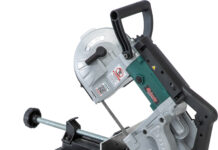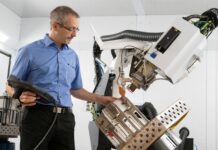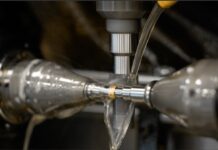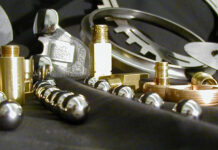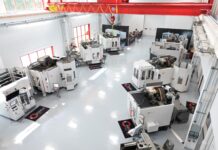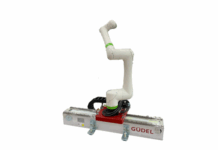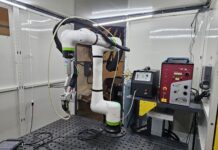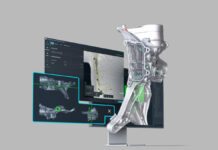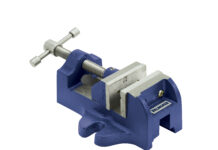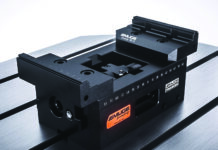Many manufacturers that have been in operation for decades struggle with similar questions when it comes to their older machines. Regular maintenance is a must, of course. But what about bringing your equipment back to that prime efficiency and quality it had when it was new?
Rick Moscarino, Senior Product Development/Apps Specialist for Ultra Tech Machinery, gets this question at least a couple dozen times a year. Finding the right engineering group is key to getting answers that benefit you the most.
“A remanufacturer should know manufacturing inside-out. And they should know that there is a ton of potential in remanufacturing machinery or rebuilding a component of a critical machine,” said Moscarino.
 That potential is key. Instead of simply restoring a machine, remanufacturing can make the machine better, particularly as needs may have changed since it was purchased. Controls can be retrofitted, and upgrades are possible at almost any stage of the process. With years of experience in the field, Moscarino notes that a good remanufacturer is able to minimize disruption, improve functionality and help a company bring new life to critical systems.
That potential is key. Instead of simply restoring a machine, remanufacturing can make the machine better, particularly as needs may have changed since it was purchased. Controls can be retrofitted, and upgrades are possible at almost any stage of the process. With years of experience in the field, Moscarino notes that a good remanufacturer is able to minimize disruption, improve functionality and help a company bring new life to critical systems.
“I ask two important questions whenever I’m talking with a client about the possibility of remanufacturing. First, what’s the five-to-ten-year outlook for the machine? And second, what systems are required to fulfill current needs?”
Due to the significance of this undertaking, Moscarino also recommends that companies ask a series of critical questions when considering remanufacturing.
What is the approach to upgrades?
Moscarino said, “We are always bringing upgrade ideas to the job. It’s not unusual for us to reconfigure components to standards that are better than those of the original OEM. We make more adjustments that were likely made by the original manufacturer, allowing the components to wear longer.”
Safety guidelines often change. Will the process ensure that current standards are met?
In the case of one company, Moscarino’s team at Ultra Tech Machinery made upgrades to outdated safety components when safety controls and guarding were not up to code. Such review and safety upgrades should occur with every rebuild. Because standards are always evolving in response to industry developments, this step is crucial.
Do they have the scope of capabilities to handle your work? Are they prepared to work on site?
Remanufacturing is not a project that a small shop can undertake. It is a strategic, time-sensitive process. “Our installation crews are highly efficient,” said Moscarino. “We can dedicate teams on more than one job simultaneously.” These crews are very engaged at the plant, available for meetings and production reviews. When they arrive for the installation, it’s done with precision to mitigate unnecessary downtime.
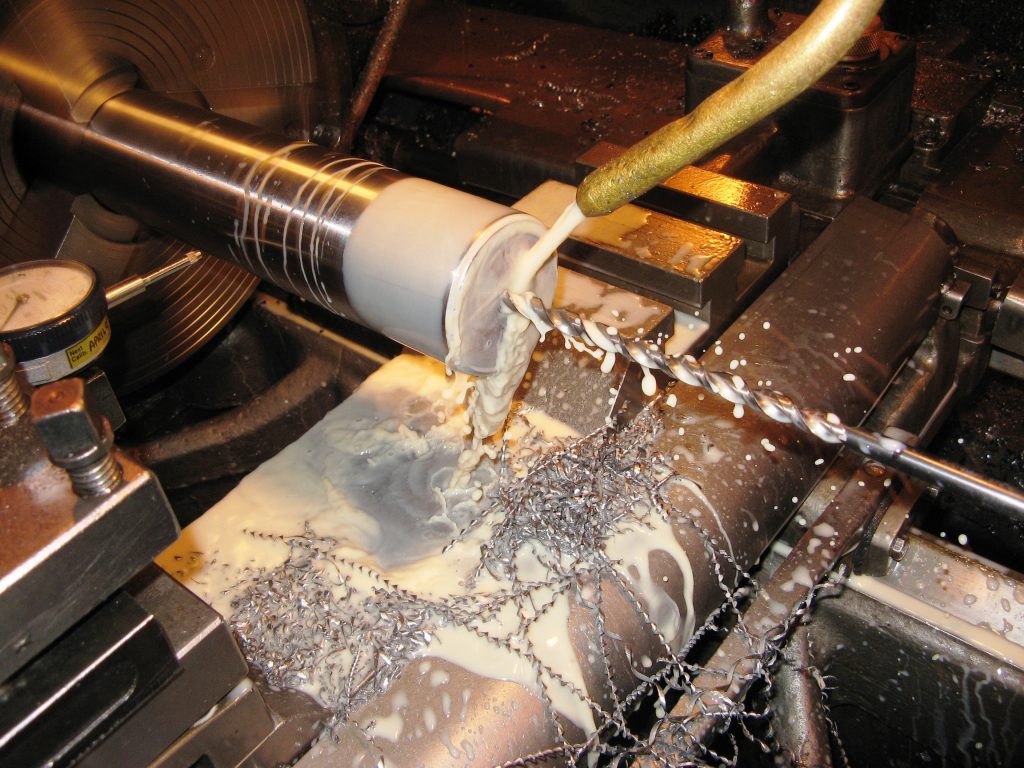 Do they ask questions you wouldn’t think of?
Do they ask questions you wouldn’t think of?
Requirements for direct engineering support forecasts on system viability—there are many issues that come with having a strategic approach to this work. A remanufacturer should think beyond the current state of your process and help you think that way as well.
What is the communication structure?
Will the team meet with you on site as often as needed? Will they provide project installation plans, drawings, and documentation? Is there dedicated service and support? You should feel as confident in the remanufacturing approach as you would in a completely new design-build project.
Are components outdated, difficult to obtain or out of production?
Working with a remanufacturer that can reverse-engineer parts saves you time and money. An OEM may not stock the part, may have overseas shipping or other systemic delays. In one case, Ultra Tech was able to save a company $10,000 each on four machines, while completing the job in 8-10 weeks, not the 20 that would have been required for new OEM installations. And once the part is engineered, a good remanufacturer can replicate it as needed, for a more sustainable, money-saving process.
Do they understand your business and treat your project accordingly?
The remanufacturer should be able to run your rebuild like a special engineering project, with run-off requests, documentation, drawings, and checks and balances that relate to your industry and process.
This is not a case of one size fits all. Your remanufacturing consultant should be able to advise you on the scope of your project, based on various levels of remaking a machine or its components. Moscarino has seen all types of remanufacturing projects, simple and complex, and enjoys the challenges that each one presents.
“At some point in every remanufacture, we find a solution that none of us had seen before, something that will save our client time or money or dramatically improve how they run their systems,” said Moscarino. “That’s the moment when the value of a smart remanufacturing process becomes obvious.”
About Ultra Tech Machinery and HEH Group
Ultra Tech Machinery is a leader in remanufacturing due to its understanding both of production and design-build. With a background in equipment building and system integration, the company is uniquely able to provide strategic direction on equipment remanufacturing. Ultra Tech Machinery is part of HEH Group, a family of companies providing leading manufacturing solutions to industry. Through the combined strength and resources of its companies, HEH Group can pinpoint products and services to keep companies competitive in their markets. Ultra Tech Machinery develops solutions for manufacturing with custom machines, remanufacturing and total process solutions, and uses its manufacturing heritage as a basis for strategic problem-solving.
Sister company Ultra Tech Automation provides innovative automation solutions with proven reliability and assurance of long-term value. Other HEH companies include machine-tool companies Crotts & Saunders and Motch & Eichele, and machine spindle-repair company AST (Advanced Spindle Technology).

